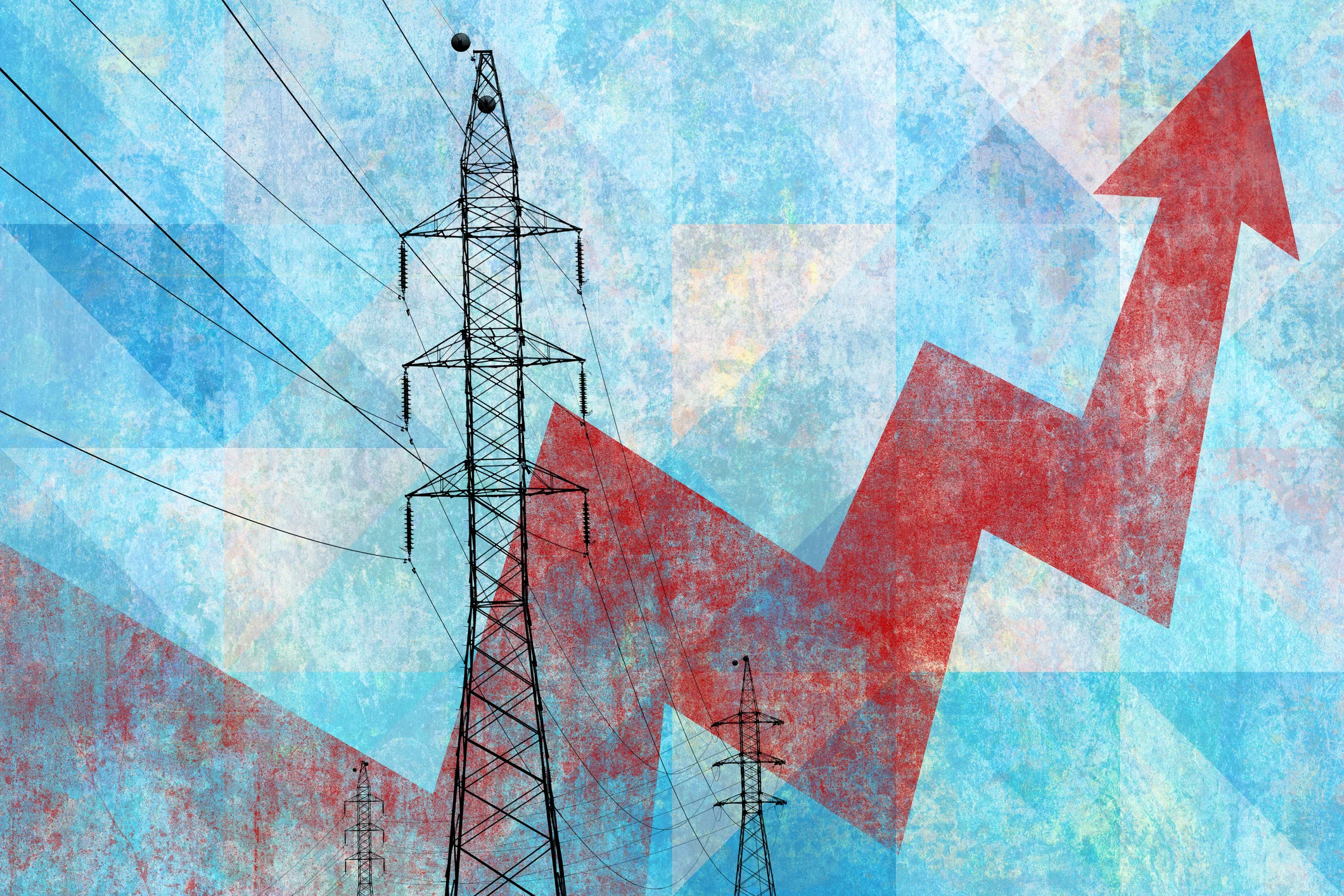In 2022, the U.S. consumed 4.05 trillion kWh in electricity, a figure that is 14 times higher than it was in 1950. Coupled with ongoing electrification trends like increased electric vehicle (EV) manufacturing standards and the wider spread adoption of distributed energy resources (DERs), those electric consumption trends will continue to increase. In fact, the EIA reports that electric needs will likely increase between 0-15% from 2022 to 2050. These increases in electricity consumption place an immense strain on the grid and one that promises to grow as temperature extremes continue to rise annually, which results in a higher occurrence of peak demand energy days. Fortunately, by implementing peak shaving techniques, utilities can strategically reduce or shift energy usage during peak demand periods, ensuring grid stability, lowering energy costs, and preventing potential disruptions.
Understanding Peak Shaving
Peak shaving refers to the practice of reducing or shifting energy consumption during periods of high demand to alleviate stress on the grid. The benefits of implementing peak shaving strategies are numerous, including cost savings, improved grid performance, and enhanced customer satisfaction. By strategically managing loads, utilities can avoid peak demand charges, reduce strain on infrastructure, and ensure reliable energy delivery to customers.
Demand Flexibility Initiatives for Peak Shaving
Peak shaving, combined with demand flexibility initiatives like EV managed charging, demand response, and virtual power plants, presents a compelling solution for utilities seeking to optimize their grid performance, reduce costs, and promote a more sustainable energy landscape. For example, residential demand response programs alone saved 984.13 gigawatts of electricity in the U.S. in 2021. These initiatives provide utilities with the tools to engage consumers, manage electric vehicle charging patterns, incentivize energy consumption adjustments, and leverage distributed energy resources (DERs).
EV Managed Charging
With the rise of electric vehicles, utilities can leverage EV managed charging to shift charging activities away from peak periods. This reduces the strain on the grid and maximizes the utilization of renewable energy sources and supports the growth of sustainable transportation. In a recent report from SEPA, EVs could account for around 25 million vehicles on the roads by 2030. In order to meet rising demand, the U.S. EV charging infrastructure market is expected to grow by 27.2% by 2032. What that means for utilities is that more EVs are on the way, and they’re leaving urban population centers and heading to rural areas; finding a peak-shaving solution for the impending increase in demand is crucial to future-proofing the grid.
Demand Response
As we mentioned above, implementing demand response programs allows utilities to incentivize customers to reduce electricity usage during peak demand events. A conservation strategy, demand response is an effective tool for peak shaving, by decreasing the usage of participating customers in the affected service area. By engaging customers in energy conservation practices, utilities can effectively balance supply and demand, ensuring grid stability and cost optimization.
Virtual Power Plants
Virtual power plants are another peak-shaving strategy that brings together distributed energy resources (DERs) like solar panels, energy storage systems, and more to create a flexible and dynamic energy network. More than a buzzword, virtual power plants have shown great potential for increasing energy security by redistributing community-generated renewable energies to minimize demand. By intelligently coordinating these DERs, utilities can optimize generation, storage, and consumption to meet peak demand, minimizing reliance on traditional power plants.
Implementing Peak Shaving Strategies
Successful implementation of peak shaving strategies requires careful planning and integration. Incorporating advanced software solutions like distributed energy resources management systems (DERMS) provide real-time monitoring, advanced analytics, or demand forecasting which allows utilities to gain deep insights into demand patterns, identify peak periods, and proactively adjust load profiles for efficient implementation and management of peak shaving strategies. By coordinating and optimizing the operation of various distributed energy resources, such as renewable energy systems, energy storage, and demand response programs, utilities can strategically shift load and balance supply and demand, achieving peak shaving objectives while maintaining grid stability.
What is Peak Shaving Conclusion
With increasing demands on the energy grid and the need for sustainable energy practices, utilities must embrace innovative solutions to address the challenges posed by increasingly common demand periods. Peak shaving is a crucial strategy to manage demand effectively, optimize grid performance, and ensure reliable energy delivery. By implementing demand response programs and leveraging demand flexibility initiatives, utilities can take control of peak shaving, unlock the full potential operational efficiencies, drive cost savings, and move towards a more sustainable energy future for all.





